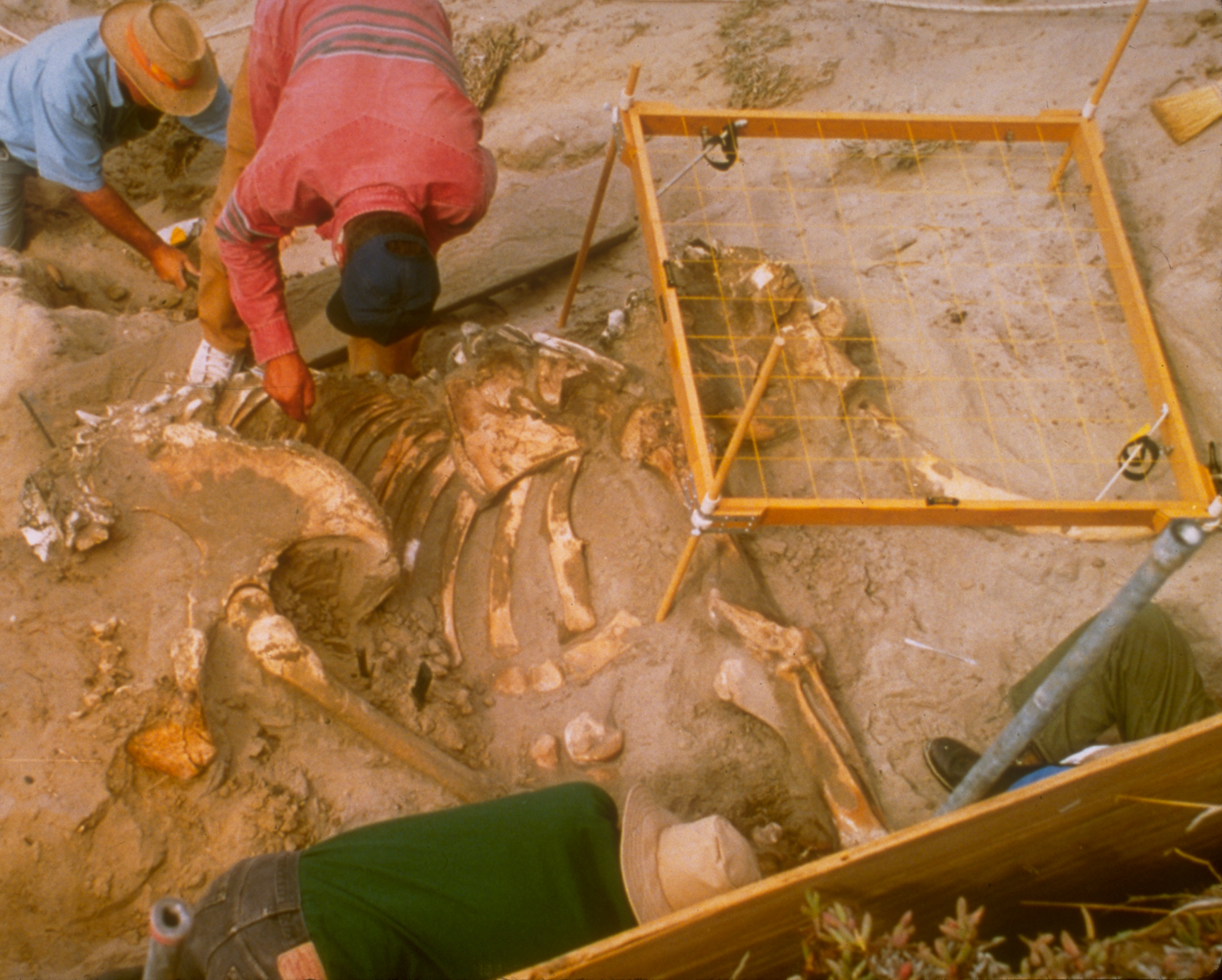A new picture of stone age California?
1:52 PM
The Channel Islands are 10-12 miles off the coast of California, and since they are effectively isolated, it means some of the species there are only there. They are what we call unique to the area. Between ten and twelve thousand years ago the sea level over the entire Earth was much lower, which means islands are much larger, since the sea covers much less of the land. Even when the sea level was much lower, the people couldn't have swum there, so we know they used Boats. This was a long time before traditional Archeology and anthropology tell us people used boats, so this is a big deal. Rick Torben(credits) and his team published an article about this in the newest Science Magazine, the elite magazine of Science today.
The study conducted by Torben et.al, found material and evidence on three sites on the Channel islands. Together, there had been one large island, Santa Rosa. San Miguel and some of the others in the area only became islands again after the sea level rose and covered them with ocean. According to Torben, a lucky break in the whole investigation is due to the lack of burrowing animals on the islands. "They tend to dig through and mix up the layers we use to determine age", Torben indicated.
The most interesting things found have to do with differences between the human population 12,000 years ago and later layers of the record. Although on San Miguel Island "for instance, were found with a lot of pretty remarkable tools, but the animal materials(food) were largely shellfish" This indicates they were equipped to hunt Mammals, seals, many kinds of food. However," on Santa Rosa Island, they found fish and marine mammals," almost exclusively. Also in the 12'000 year range on the digs, they were surprised to find that the groups of Paleoindian s living there were using a small, very fine head for hunting.
It was clear the" Channel Island barbed points" they were using were very like Arrow Heads. Torben stopped short of saying the word Arrowheads . That technology that was not supposed to have been known in that part of the world for several thousand more years. Torben said "We haven’t pushed that envelope, we’re still trying to figure out technologically what that means, but we can say with certainty that these are extremely delicate, finely made tools that don’t occur later in time.
On a mission like this, a scientist has to be sure before He uses a term that breaks such ground as this would. Writers do not have as much a restriction. Interestingly, once again the Channel Island Indians seem to lose the technology they once had.
In the rest of the investigation, it came clear that as these groups settled in the islands for thousands there were surprises in what changed and what did not. Their tools really did not advance much, staying pretty much static, Torben indicated. On the other hand, rather than continue to advance in culture and food, they seem to have regressed to eating mostly shellfish, after having a varied diet when they arrived. It is a certainty that we have a lot to learn about the Channel Island Indians before it is done.
To Hear the Interview:
Thanks to U.S. Gov, Nat park service, for the photo.


No comments:
Post a Comment